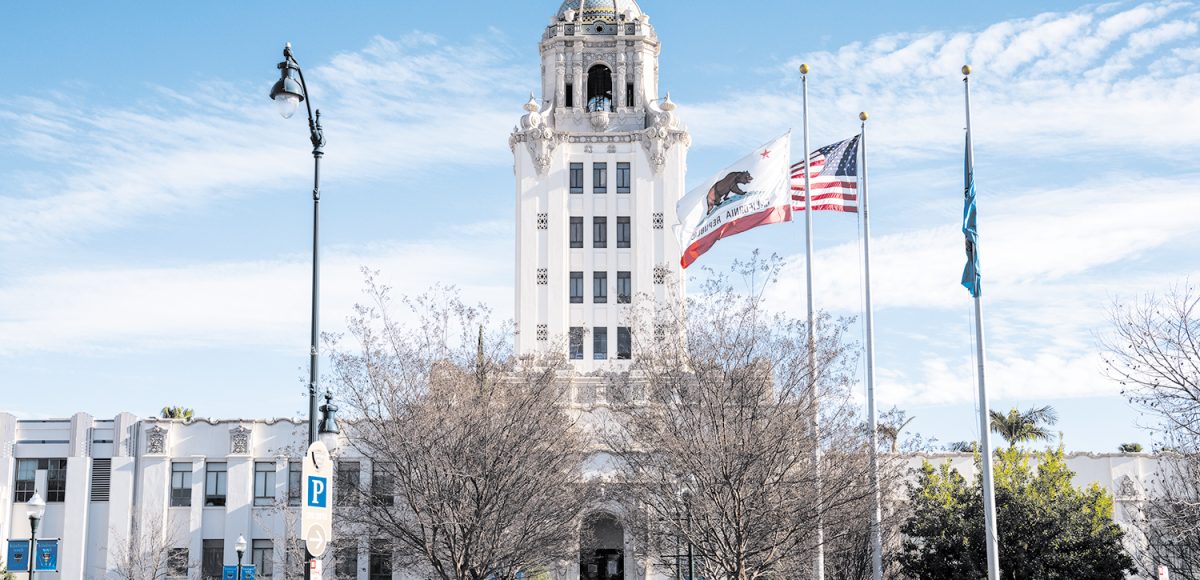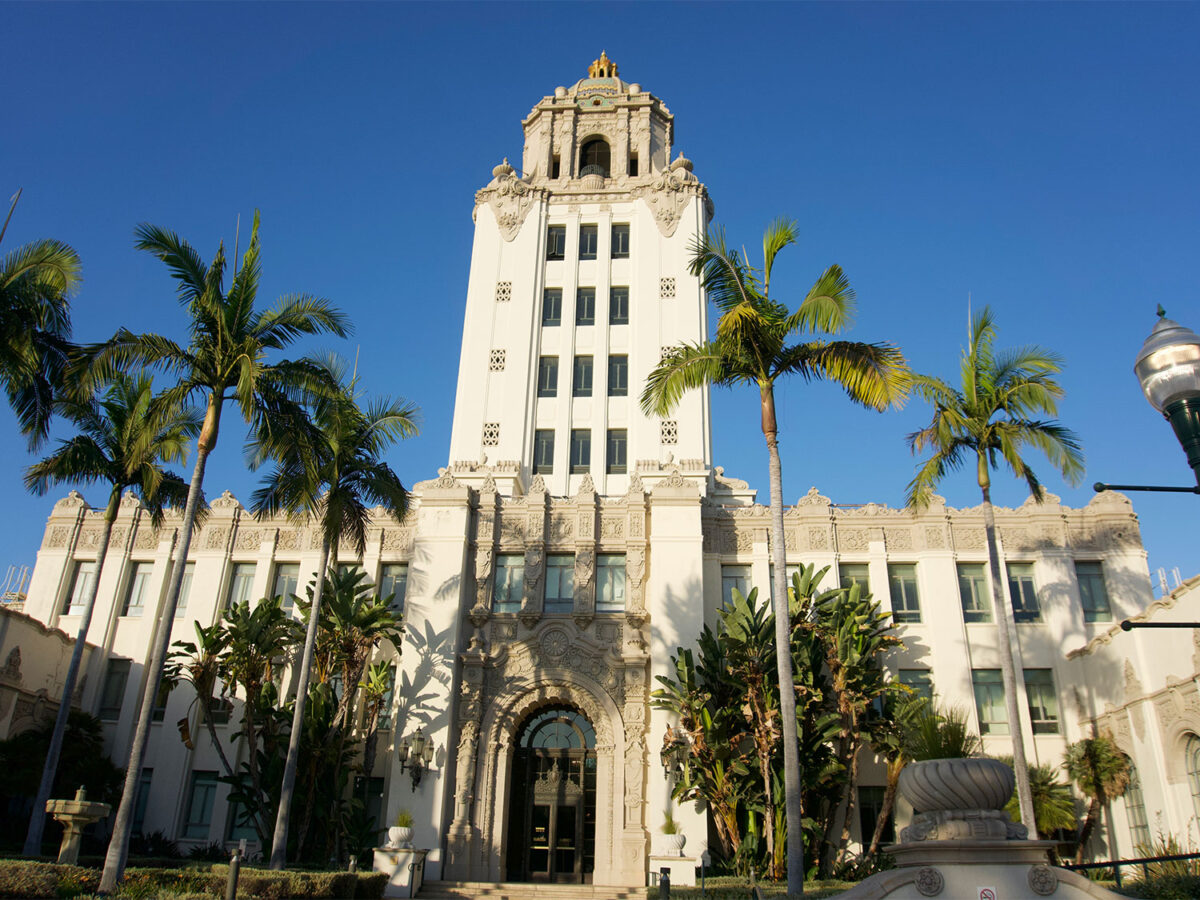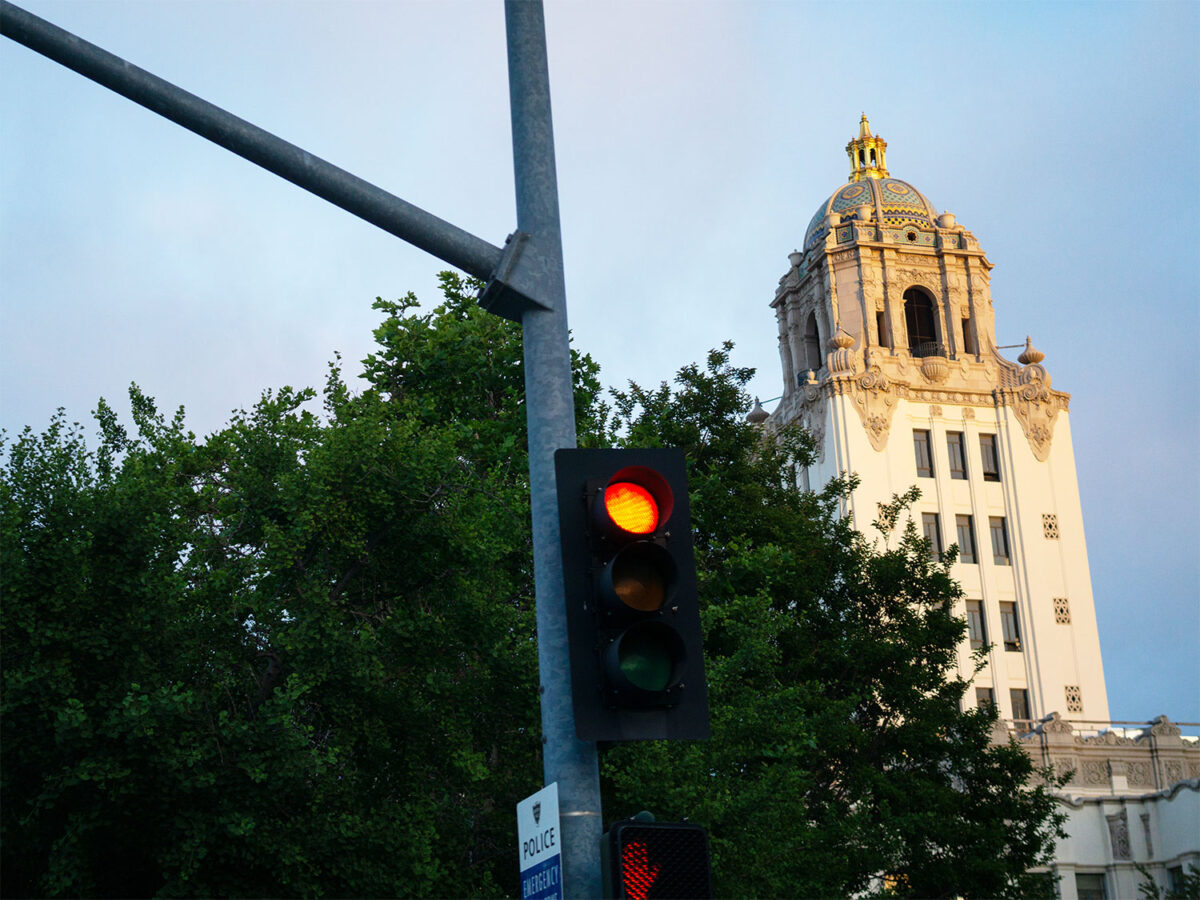The Beverly Hills City Council passed an urgency ordinance that brings the city into compliance of the new state law Senate Bill 9, which goes into effect on Jan. 1 of next year.
Senate Bill 9 allows property owners to divide a single-family lot in two, either adding a second home on the property or a duplex. In effect, the law opens up single-family lots to as many as four housing units. Currently, California only allows the addition of accessory dwelling units (ADUs) on properties zoned for single-family homes. The law requires jurisdictions to approve proposals that fall within specified size and design guidelines.
“This is effectively the removal of single-family zoning in the state,” said Director of Community Development Ryan Gohlich.
“What we have here is a misguided attempt by the state legislature to have a one-size-fits-all [approach] regarding housing issues, and it just doesn’t work in a fully built out city such as ours,” said Councilmember Lester Friedman.
Gohlich explained that the law does include some “limited development standards.” Properties can only be divided in half if the two resulting lots are at least 1,200 square feet. The lots created in the split also cannot be a minimum of 40% of the original lot size. Additionally, the units built on the divided lots must be at least 800 square feet. Lastly, units constructed under SB 9 cannot be used for short term rentals and owners must sign an affidavit attesting that they will live in one of the units for at least three years.
The law has some exceptions. To prevent the loss of affordable housing, proposed developments cannot replace rent controlled units or market rate units that a tenant, as opposed to an owner, has occupied within the last three years. Historic properties and properties residing in historic districts are also protected. And the law also exempts properties located in high risk areas for fires or earthquakes, such as the properties located north of Sunset Boulevard.
“The law does, however, leave open the possibility for jurisdictions to adopt objective standards on subdivisions or developments that result from SB 9,” Gohlich said.
As such, the Council approved an urgency ordinance that establishes standards on any projects constructed under SB 9. The ordinance introduces a covenant that SB 9 applicants must sign that prohibits short term rentals and non-residential uses, prohibits the subsequent splitting of an already-divided lot, and requires the owner to sign an affidavit promising to inhabit one unit on the property as a primary residence for at least three years following the lot division.
Council members expressed disappointment with the limitations of the affidavit, which serves a largely symbolic role and cannot be enforced.
“What’s the consequence to somebody lying?” Vice Mayor Lili Bosse asked. “It’s like Monopoly money, it means nothing. [Do] we have anything we can do to have it mean something? If not, it’s somewhat insulting.”
“Nothing. Really, nothing,” said City Attorney Laurence Wiener. “Normally, I am all for coming up with some kind of creative idea–we came up with the covenant–some kind of creative idea to enforce these sorts of things, but it specifically says the affidavit is all you can require.”
The covenant also requires that if more than one unit is developed on a lot and put up for rent, one unit “shall be rented at a maximum rate affordable to
low income tenants.” Landlords will be required to provide the city with a copy of a lease for “any unit that is rented and has resulted from an SB 9 project.”
The ordinance also introduces a series of standards to make it so that lot divisions under SB 9 would create a “front” and a “back” lot, as opposed to two side-by-side lots. Split lots would have to be roughly equal in size. Any new unit created under the law would be limited to a maximum of 800 square feet, including the basement, and to 14 feet or one story for the foremost unit.
The purpose of these standards, Gohlich said, is to maintain “the garden quality of the city and some of the look and feel of our existing residential zones.”
Even while SB 9 excludes the properties located north of Sunset, the urgency ordinance proactively establishes standards to maintain the “existing topography of the hillside and Trousdale areas,” Gohlich said.
The urgency ordinance will remain in place while city staff work with the Planning Commission on developing an ordinance to establish permanent regulations.
The City Council also heard an update on construction on the Burton Way Median Green Street and Water Efficient Landscape Project. The city granted a $10 million contract in the summer to install drainage and infiltration systems and make landscape and irrigation improvements. The project, slated for completion in late 2022 or early 2023, will transform the median into a sustainable garden.
Derek Nguyen, Project Manager in the Public Works Department, told the Council that construction will begin in January 2022.
“This project will help us capture approximately 20 million gallons of runoff per year that will be reused at the median for multi beneficial uses,” Nguyen said.







